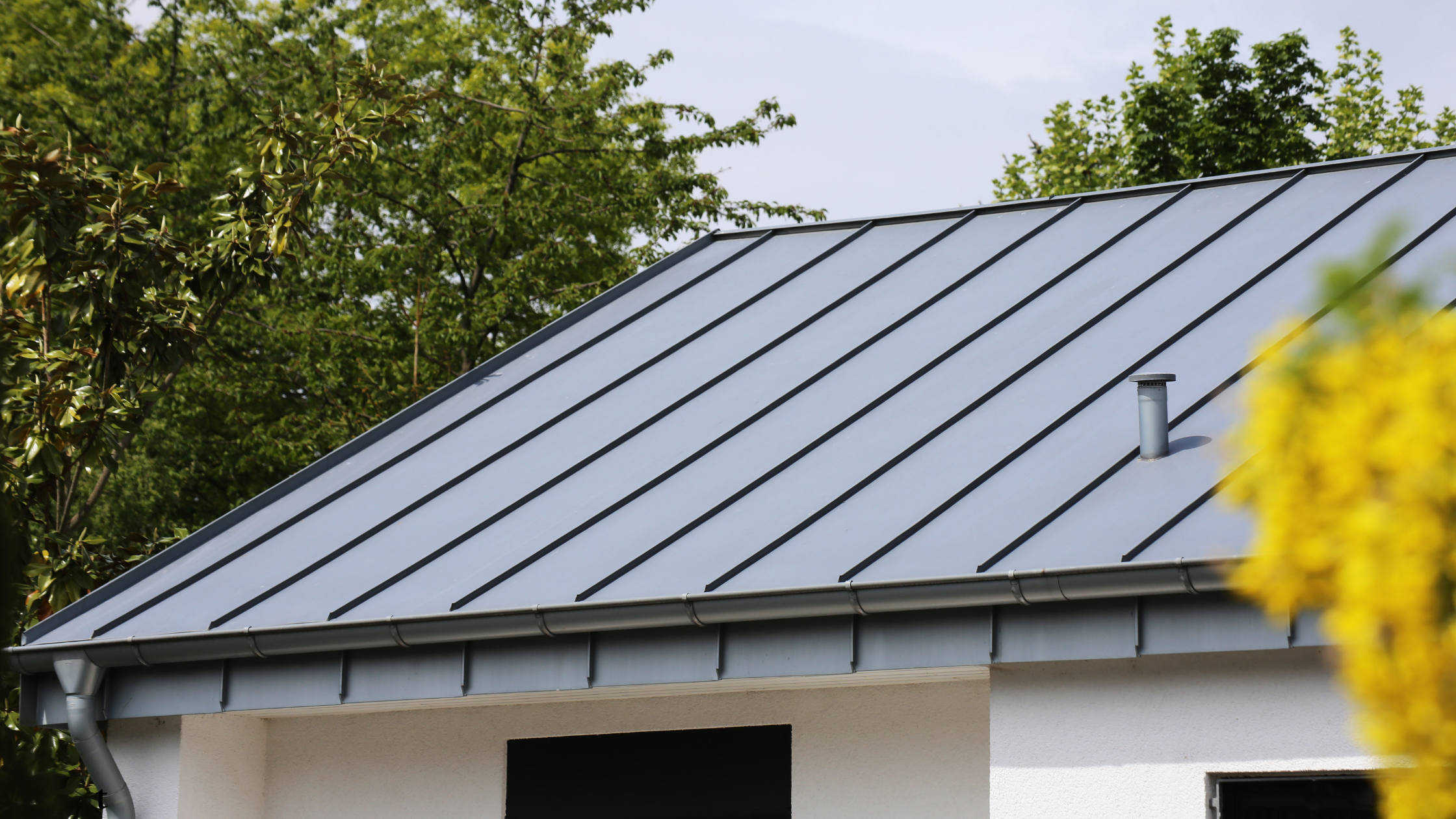How To Choose The Best Underlayment for Metal Roofs
Selecting an appropriate underlayment is a key step in enhancing the effectiveness and longevity of metal roofs. The best underlayment typically features a thin, multi-layered design that offers robust insulation, soundproofing, and moisture protection. This layer acts as a crucial protective barrier beneath the metal, safeguarding the roof against environmental elements. Let’s delve into the significance of underlayment for metal roofs and explore the various options.
Why is Underlayment Necessary for Metal Roofs?
The underlayment beneath a metal roof actively contributes to preserving and enhancing the roof’s performance. Here’s why it’s indispensable:
- Thermal Insulation: The underlayment is a key insulating layer that helps maintain stable interior temperatures. By reflecting heat in summer and retaining warmth in winter, it contributes to energy efficiency, reducing the need for excessive heating or cooling.
- Sound Dampening: Metal roofs can amplify the sound of rain and hail, but with a layer of underlayment, the noise is significantly muted. This sound dampening is crucial for creating a more peaceful indoor environment, especially in areas prone to frequent storms.
- Moisture Protection: Perhaps the most critical role, underlayment acts as a defense against water ingress. It prevents moisture from penetrating the structure, thereby averting potential issues like leaks, rot, and mold growth. This barrier is essential for preserving the roof’s structural integrity and ensuring longevity.
Different Types of Underlayment for Metal Roofs
Choosing the right underlayment for a metal roof is a decision that should be tailored to the specific needs of the building, the local climate, and the long-term goals of the project. Here’s a deeper dive into the options available, along with their advantages and potential drawbacks:
Synthetic Underlayment
- Pros: Synthetic materials are usually highly tear-resistant and durable against foot traffic during installation. They’re lightweight, making them easier and quicker to install than traditional materials. Synthetic underlayments often come with excellent UV and moisture resistance, providing a reliable barrier against water.
- Cons: The cost can be higher than traditional felt underlayment. Some types might also require special fasteners or adhesives, adding to the installation complexity.
Felt Underlayment (Asphalt-saturated felt)
- Pros: Felt underlayment is a time-tested option that offers a good balance between performance and cost. It’s readily available and familiar to most roofing professionals. The heavier 30-pound felt provides better durability and tear resistance than the lighter 15-pound option.
- Cons: It’s heavier to work with, especially in the thicker varieties. It can absorb water, potentially leading to wrinkling and reduced effectiveness as a moisture barrier over time. Felt is also more vulnerable to tearing and degradation from UV exposure if left uncovered for extended periods.
Self-Adhering Underlayment
- Pros: These underlayments provide a robust seal at the roof deck, offering superior protection against water and ice damming. They’re excellent for tricky areas like eaves, valleys, and protrusions where water tends to collect. The adhesive backing ensures a firm bond, reducing the risk of blow-offs and leaks.
- Cons: The cost is typically higher than both synthetic and felt options. Installation can be more complex, requiring a clean, dry surface and sometimes specific temperature conditions. Removal or repairs can also be more challenging due to the adhesive.
Rubberized Asphalt Underlayment
- Pros: It combines rubber polymers and asphalt to create a highly flexible and waterproof layer. Ideal for very cold climates, as it remains pliable and resistant to cracking. It provides excellent sealing around roofing fasteners, adding an extra layer of leak protection.
- Cons: This is generally one of the more expensive options. It may require professional installation due to its specific handling and application requirements.
Choosing the Best Underlayment for Metal Roofs
When choosing the best underlayment for your metal roof, consider the following factors:
- Climate: Areas with high wind, heavy rain, snow, or ice require underlayments with superior waterproofing and sealing capabilities.
- Roof Slope and Design: Complex roof designs might benefit from more flexible or self-adhesive options that can conform to intricate shapes and angles.
- Longevity and Warranty Needs: For projects where long-term durability is a priority, investing in a higher-end underlayment can provide peace of mind and long-term savings.
- Budget: Balance the initial cost with the expected lifespan and potential long-term savings in energy costs, maintenance, and repairs.
Smartech’s QUATTRO Insulation: A Premium Underlayment Solution
Smartech’s QUATTRO Insulation is a top-tier underlayment solution, offering remarkable durability and resistance to environmental wear. It’s thin and multi-reflective, featuring four layers of aluminum multi-layer insulation material, thermally-welded for consistency across all surfaces. Notably, QUATTRO excels in moisture resistance, ensuring that water doesn’t compromise your roofing system. This comprehensive protection makes QUATTRO an exceptional choice for a superior, long-lasting roofing system.
For those seeking to upgrade their metal roofing, QUATTRO Insulation represents an investment in unmatched durability, energy savings, and robust moisture defense. Visit Smartech’s QUATTRO Insulation to learn more or to request a sample.

Looking for More Information?
Check out our Resources or Contact Us
